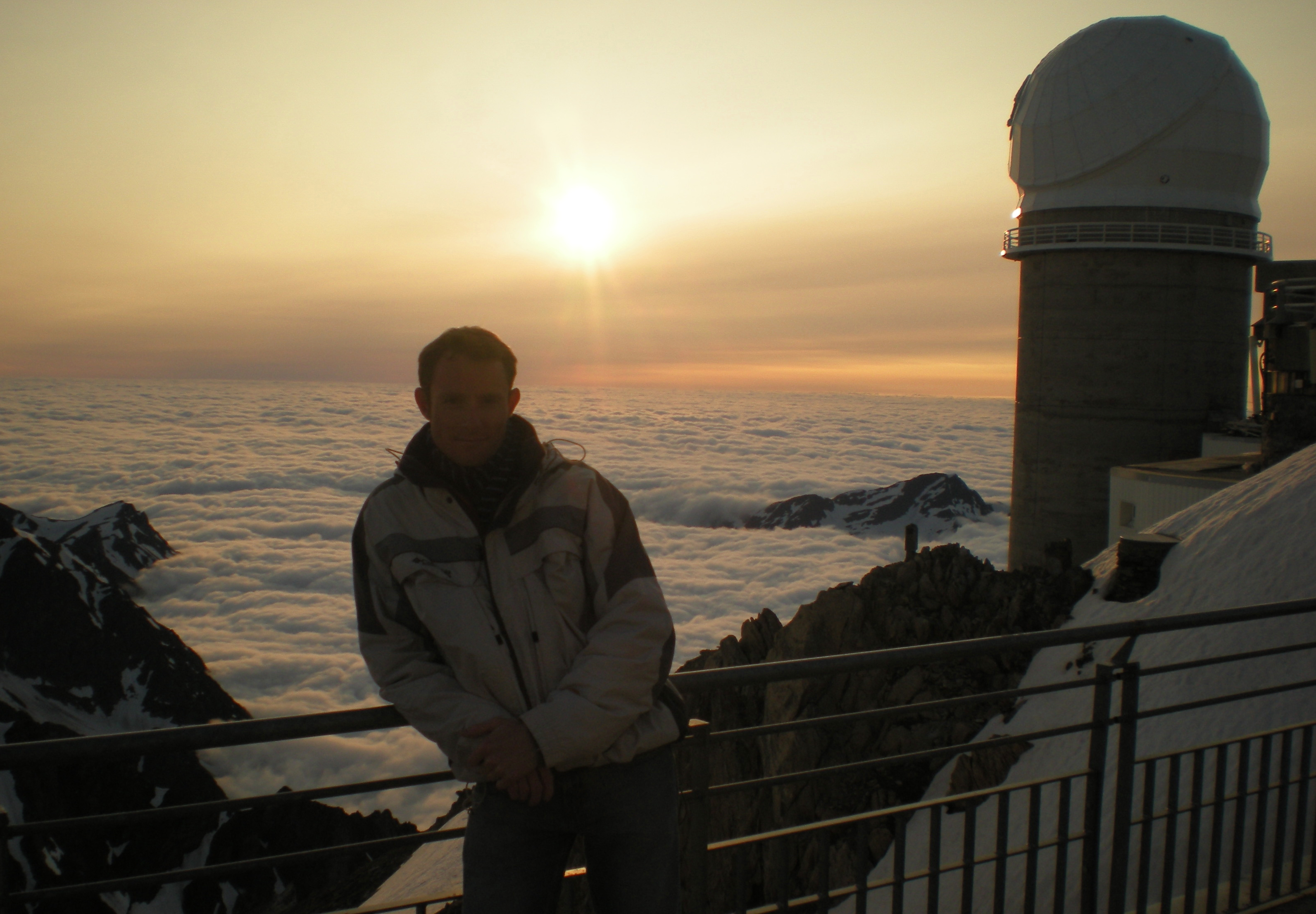Chemin Laurent - Gaia
Gaia contributors
Gaia was proposed in 1993 and since then, many people have been involved in the Gaia mission, whether at ESA, at industry side or at one of the institutes involved in the Gaia data processing. The Gaia Data Processing and Analysis Consortium (DPAC) is a collaboration which consists of around 450 scientists and engineers.
The list of Gaia contributors presented here should not be considered a complete representation of the entire consortium and should not be considered as a list of currenly active people on the Gaia mission. A more complete list of Gaia contributors that were involved in the creation of the Gaia catalogues can be obtained from the author lists of the Gaia Collaboration overview papers (for Gaia Data Release 1 see here, for Gaia Data Release 2 see here, for Gaia Early Data Release 3 see here, for the full Gaia Data Release 3 see here, for Gaia Focused Product Release see here). A history of contributions to the Gaia mission can be found from the acknowledgements given with each data release.
Gaia DPAC members who wish to be featured on these pages can contact the Gaia Helpdesk. Anyone who wishes to be removed from this website can contact the Gaia Helpdesk.
 |
Universidad de Antofagasta, Unidad de Astronomia |
|
My research interests are the dynamics and structure of galactic disks, from the Milky Way and Local Group to the nearby and intermediate redshift Universe. The typical questions I want to address are: How is mass distributed into stars, interstellar gas and dark matter in spiral or irregular galaxies? What are the scale parameters of dark matter haloes of galaxies? What are the relations between the baryonic luminous matter and the hidden mass? How do the gravitational potential of the luminous components impact that of dark matter? How did the luminous and dark matter evolve with redshift? Does the standard cosmological paradigm in which the mass of the Universe and galaxies is dominated by dark matter provides a better description of observations than alternate models of gravitation, like e.g. Modified Newtonian Dynamics? These fundamental questions are all related to understanding the evolution of galaxies. These objectives are achieved by observing the 'resolved' stellar populations and the atomic (neutral and ionized) and molecular gas in the galaxies, deriving important observables (velocity and velocity dispersion fields, rotation velocity curve, mass surface density), and modelling the gravitational potential and distribution of mass. I started working for DPAC in early 2010 until early 2015, then again since mid-2016, as a member of Coordination Unit 6. In particular, I am involved in ground-based observations and analysis of the reference sample of stars needed for the calibration of the RVS. The radial velocities of the stars observed from the ground have to be very stable with time to be part of the list of reference, standard stars that defines the zero-point of all radial velocities measured by RVS. I also make libraries of ground-based high-resolution spectra of stars to be used for validation of RVS spectra. These ground-based spectra are exclusively from Narval and Espadons, as these are the only spectrographs able to make routinely 'high-resolution spectra in the RVS wavelength range'. My interests in Gaia data are multiple. With data from the upcoming Gaia DR2, I will use Gaia astrometry and ground-based spectroscopy to try to infer the 3D velocity space of stellar populations in the Andromeda and Triangulum galaxies. I’d also want to constrain the pattern speed of the Galactic bar and spiral arms, and perform mass models of the Milky Way. The ultimate goal is to compare the dynamical properties of the Milky Way with those from other massive spirals to replace it in a broader context, to be able to answer the persisting question: is the Milky Way unique, or is it typical of galaxies with similar chemical, dynamical and structural properties? [Published: 09/05/2017] |
|
- Removed a total of (2) style text-align:center;
- Removed a total of (5) style text-align:justify;
- Removed a total of (1) border attribute.
- Removed a total of (1) cellpadding attribute.
- Removed a total of (1) cellspacing attribute.
Gaia people archive
- Removed a total of (1) style overflow:auto;
- Removed a total of (2) border attribute.
- Removed a total of (2) cellpadding attribute.
- Removed a total of (2) cellspacing attribute.








































 Sign in
Sign in
 Science & Technology
Science & Technology

